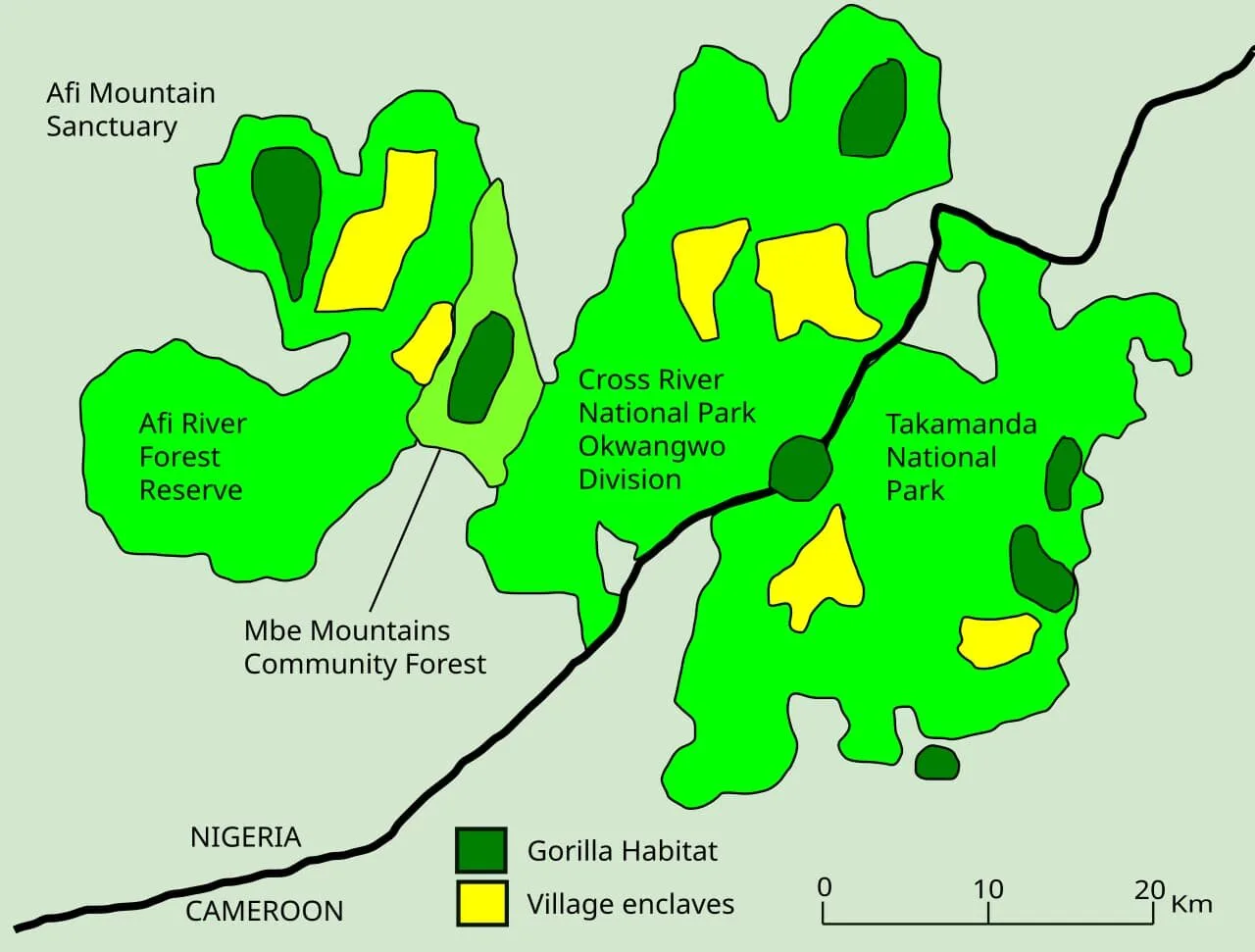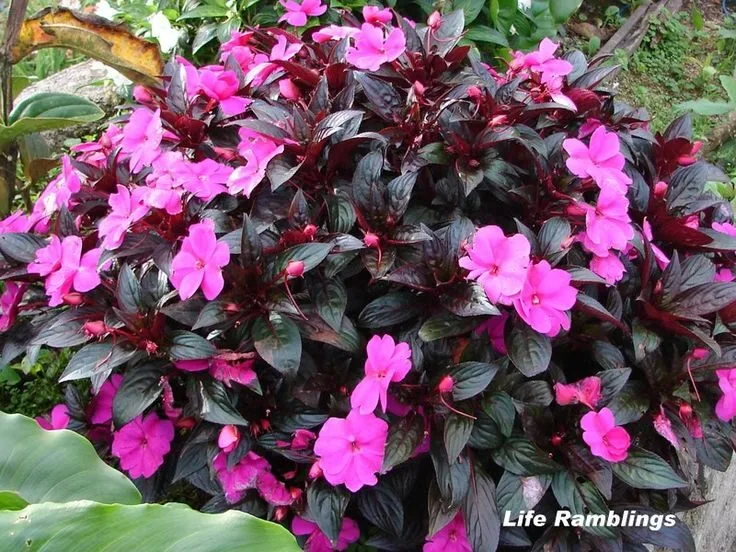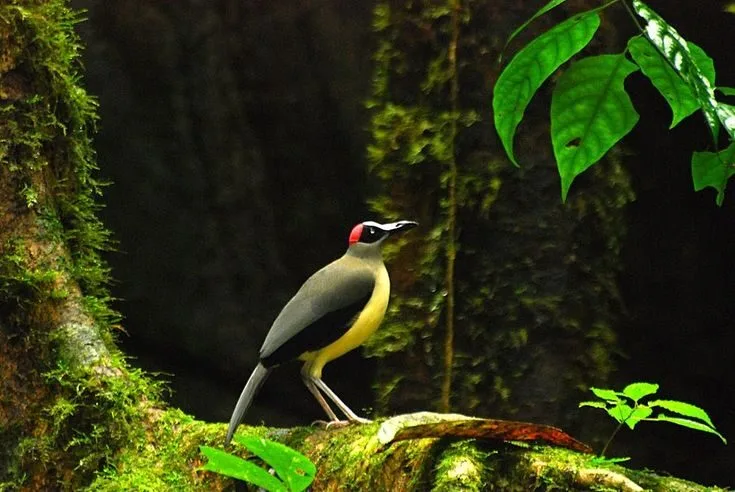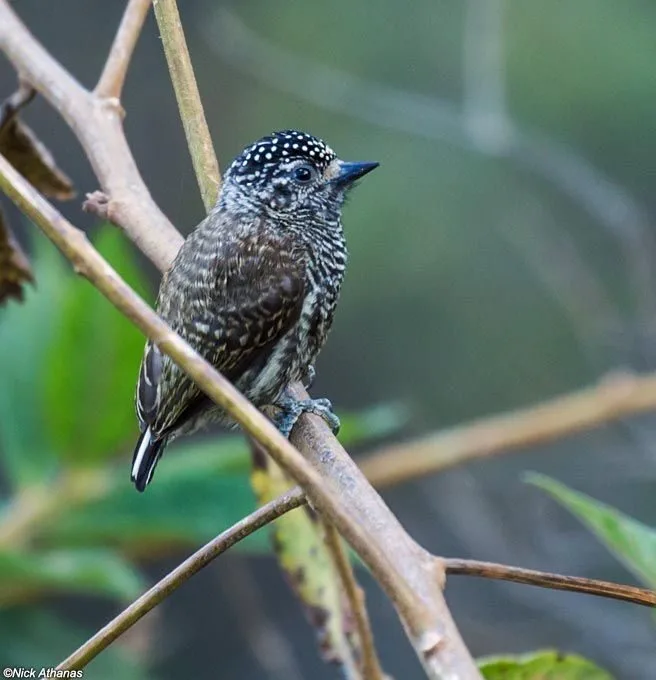Nestled in the lush southeastern region of Nigeria, Cross River National Park is a breathtaking sanctuary of biodiversity and cultural heritage. Spanning over 4,000 square kilometers, the park comprises two distinct divisions—Oban and Okwangwo—and ranks among West Africa’s richest ecological zones.
It is located in Akamkpa Local Government Area of Cross River State and shares a border with Cameroon’s Korup National Park, forming a vital transboundary conservation area. It is Nigeria’s last Great Rainforest Reserve and the closest to the Mangrove Swamps in the coastal region.
There are 119 species of mammals in the Park. These include 18 out of the 23 species of monkeys found in Nigeria (representing 78% of Nigeria’s total), 48 species of Fish, and 950 species of butterflies (90% of Nigeria’s totals) among a wide array of insects.
Cross River National Park offers it all whether you're yearning for a soul-stirring connection with nature, an unforgettable hiking experience, or a rare encounter with some of the continent’s most unique flora and fauna. Entry into the park is free, although voluntary donations are welcome. For hiking adventures, visitors must book in advance with certified tour guides who will provide the necessary guidelines and requirements. The park welcomes guests daily but closes at 4 PM, as darkness falls more quickly beneath the dense forest canopy.

For guests staying at ChallawaRiver Homes, this adventure is within reach.
Located in the heart of Calabar, ChallawaRiver Homes provides a serene and comfortable launchpad for a day trip to the park. With scenic views and African-inspired interiors, it's the perfect place to recharge before or after your eco-tourism experience.
Journey to Nature: A Guide from ChallawaRiver Homes to Cross River National Park
It takes approximately two hours, and forty minutes to arrive at the Cross River National Park from ChallawaRiver Homes, depending on which division you’re heading to—Oban or Okwangwo. The roads wind through villages, forest edges, and vibrant countryside, offering a preview of the raw beauty waiting inside the park. It’s advisable to set out early in the morning with a local guide or pre-arranged tour to make the most of the day.
Your First Moments Inside the Park
Upon arrival, expect to be immediately greeted by the orchestra of birdsong, rustling leaves, and the fresh scent of the rainforest. The landscape is thick with towering ancient trees, vines curling around their trunks like nature’s own jewelry, and streams that crisscross the undergrowth. The deeper you go, the more mystical it feels.

You’ll likely meet conservationists or botanical researchers along your trek. Many scientists are stationed within the park, studying rare and exotic plants, some of which have medicinal properties or are found nowhere else in the world. Don’t be shy to ask questions—they’re usually happy to share insights about their research and the plants they're cataloging.
The Elusive Cross River Gorilla

One of the park’s most protected and celebrated residents is the Cross River Gorilla—a critically endangered species with fewer than 300 individuals left in the wild. These shy creatures dwell deep within the mountainous parts of the forest and are rarely spotted. Still, their presence adds profound significance to your journey, reminding you that you are walking through one of the world’s last truly wild spaces.
Hiking Through History and Nature

Hiking in Cross River National Park is a full sensory experience. Trails can stretch for kilometers, taking you from one end of the park to the other, depending on the route. The terrain ranges from gently sloping paths to steep, challenging hills.
As you hike, you’ll encounter ancient trees, some over 300 years old, towering into the sky like sentinels of time. Among the thick foliage, you may also find caves once used as hideouts during the Nigerian Civil War, carved into hillsides or nestled among rocks. These historic landmarks add a haunting depth to your adventure, bridging natural beauty with Nigeria’s tumultuous past.
To get the most out of your hike:
- Wear comfortable, covered clothes to protect yourself from scratches and insect bites.
- Use sturdy footwear with a grip, as the forest floor can be slippery.
- Carry and apply mosquito repellent to prevent bites.
- Pack water and light snacks to keep your energy up.
- Most importantly, stay close to your tour guide. The rainforest is vast, and it’s easy to get disoriented without someone familiar with the terrain.
A Living Museum of Rare and Exotic Plants
 The diversity of plant life here is mind-blowing. The park shelters over 1,000 plant species, including rare orchids, ferns, hardwoods, and medicinal herbs still used by indigenous communities. Researchers and herbalists alike are fascinated by the forest's secrets, and guided tours often include moments where your guide points out plants used for healing or rituals.
The diversity of plant life here is mind-blowing. The park shelters over 1,000 plant species, including rare orchids, ferns, hardwoods, and medicinal herbs still used by indigenous communities. Researchers and herbalists alike are fascinated by the forest's secrets, and guided tours often include moments where your guide points out plants used for healing or rituals.

Look out for the vibrant purple of Impatiens flowers, the spiky bark of Ceiba pentandra (silk-cotton tree), or the glossy leaves of Afrostyrax, used traditionally to treat ailments. If you’re lucky, you may even catch the blooming of seasonal wildflowers carpeting the forest floor.
A Birder’s Paradise and Wildlife Haven

With over 350 bird species, including the grey-necked rockfowl and the African piculet, the park is a dream come true for birdwatchers. Monkeys swing from tree to tree, duikers dart through the undergrowth, and the sounds of crickets and frogs fill the air as the day winds down.

Eco-tourism tours usually come with binoculars and expert guides who help you identify sounds and species along the way. Even if you’re not a birding enthusiast, the array of colorful wildlife adds charm and wonder to your walk.
Sustainable Tourism That Supports Conservation

Cross River National Park represents one of Nigeria’s most successful conservation efforts. The rangers, researchers, and communities work hand-in-hand to protect it. Visitors contribute to this cause simply by visiting—tourism helps fund anti-poaching efforts, park maintenance, and education for locals.
You’ll also find a few eco-lodges near the park, offering extended stays with low environmental impact. These lodges serve local cuisine, support employment for nearby villages, and provide deeper immersion into the park’s ecosystem.

Cross River National Park isn’t just a beautiful destination—it’s a living, breathing ecosystem filled with stories, secrets, and sights that stir the soul. From the comfort of ChallawaRiver Homes in Calabar, you’re just a few hours away from discovering this emerald haven of biodiversity.
Whether you’re hiking beneath centuries-old trees, listening to birdsong echo through the valley, or standing before a cave where history once hid, every step in this park feels like a sacred encounter. So pack your bug spray, lace up your boots, and answer the call of the wild. Cross River National Park is ready to enchant you.